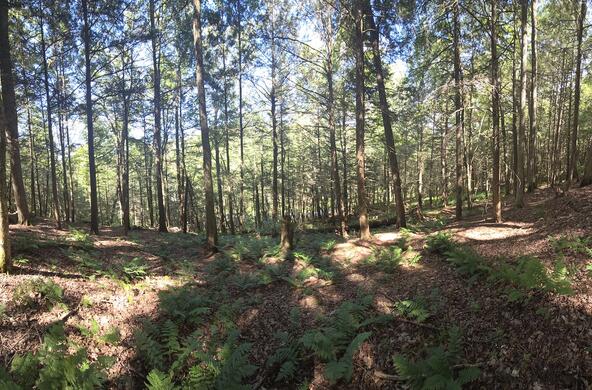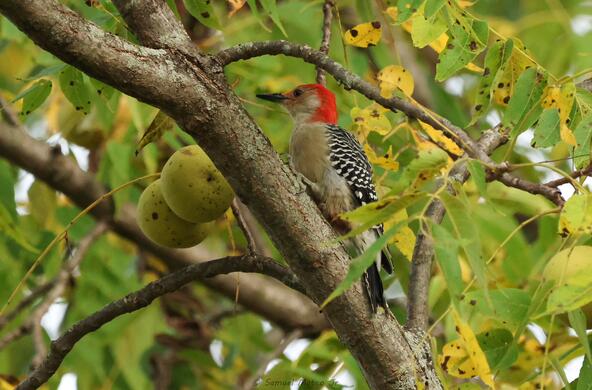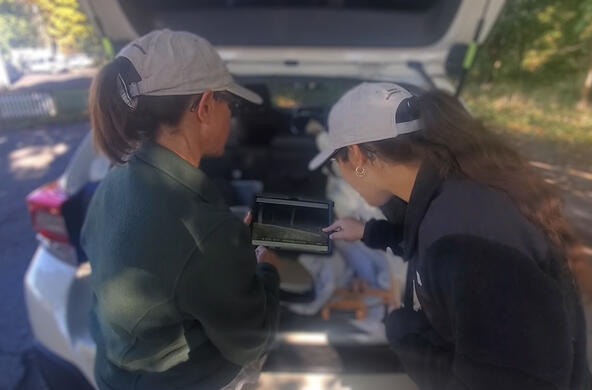A recent paper reports some good news for the environment. Examining satellite photographs taken in 1993 and 2009, Oscar Venter and his colleagues find that while human population grew 23% and the world economy grew by 153%, the human impact on natural areas grew only 9% over that 16-year interval. To a large extent, these findings reflect the fact that more and more of the human population is living in cities, where we leave a lesser footprint on natural lands. We should be alarmed at the rate of human population growth, but its impact on the land surface could be much worse.
By focusing only on the area of natural lands, despite their huge importance as habitat for the persistence of other species, this paper overlooks some of the other footprints of humans on nature. Our tendency to live in cities is only possible because of mechanized and subsidized agriculture, which allows a very small fraction of our population that lives on farms to supply the rest of us in cities. Fertilizers allow us to grow bountiful crops on limited land, but they yield an enormous human footprint on nature as a result of agricultural runoff of nitrogen and phosphorus to surface and groundwaters and ammonia volatilized to the atmosphere. Agricultural use diverts 81% of available freshwater to grow crops—an impact not easily measured in satellite photographs of the Earth’s land surface.
Living in cities allows human to use energy more efficiently in heating, lighting, and transport. But, at the moment, nearly all the energy used in cities is derived from fossil fuels, with resulting impacts on climate. Estimates suggest that climate change will cause an 18 to 35% loss of species from natural areas by the end of this century. This imprint on nature is not measured using satellite images.
Finally, the expanding human population yields an ever-increasing amount of waste material that is disposed in nature, such as contaminants in air and water, metals in landfills, and plastics delivered to the oceans. These were not included in the recent work, but each adds to the human footprint on nature.
My suspicion is that if all the impacts to our planet were quantified, we’d find that they would exceed the growth of the human population. The rapidly growing human population and its global economy are not likely to improve matters for the rest of the biosphere.
Satellite photos are powerful. And, I like to hear that natural lands are suffering a lower rate of impact, but satellite photos fall far short of recording the full spectrum of our impact on the Earth.
References
Hoekstra, A.Y. and T.O. Wiedmann. 2014. Humanity's unsustainable environmental footprint. Science 344: 11q14-1117.
Jaramillo, F. and G. Destouni. 2015. Local flow regulation and irrigation raise global human water consumption and footprint. Science 350: 1248-51.
Rockstrom, J., and 28 others. 2009. A safe operating space for humanity. Nature 461: 472-475.
Sanderson, E.W. et al. 2002. The human footprint and the last of the wild. BioScience 52: 891-904.
Schlesinger, W.H. 2009. Thresholds risk prolonged degradation. Nature 461:[http://www.nature.com/climate/2009.92.pdf]
Venter, O. and 11 others. 2016. Sixteen years of change in the global terrestrial human footprint and implications for biodiversity conservation. Nature Communications doi: 10.1038/ncomms12558







